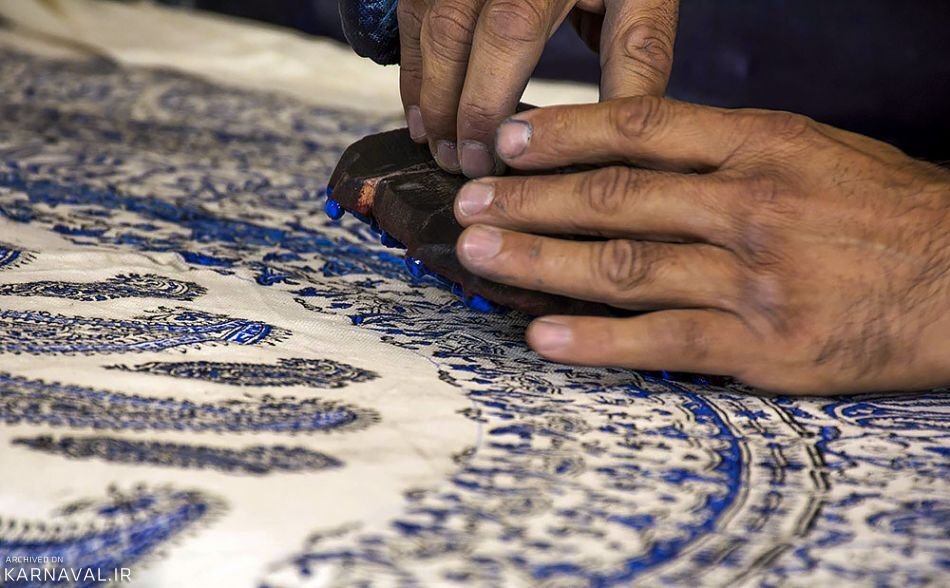Isfahan’s Qalamkari gains global status

TEHRAN – Isfahan’s art of Qalamkari has earned a global status bestowed by the World Council of Handicrafts.
“After the art of Minakari (enameling), it is Isfahan’s second handicraft field being registered by the World Council of Handicrafts,” Majdodin Taj, who presides over the Handicraft Union of Isfahan, said on Monday.
Taj said a great deal of effort should be dedicated to registering Iranian handicrafts. “Because there are plagiarisms in some Iranian art disciplines by other countries, we must take actions to help inscribe all handicraft fields that are active in the country.”
In that regard, the Handicraft Union of Isfahan is pursuing the global registration of other handicraft fields. Our next nominees will be Qalamzani (the traditional art of painting motifs on metal objects) and Chalangari (traditional blacksmithing), Taj explained.
International registration of handcart fields can promote economic value for artists practicing those skills which ultimately empower local communities, he said.
Qalamkari is a type of textile printing using hand-carved wooden stamps to cover the textile with oriental and Iranian motifs and designs, including flora and fauna, arabesques, geometric designs, hunting scenes, Persian calligraphy, etc.
These delicate and eye-catching ornaments and designs are usually derived from other Iranian arts and handicrafts like Persian carpets and tile works of Iranian mosques to remind the magical beauty of the thousands of flowers in Persian gardens.
There is no reliable reference to when exactly Qalamkari art was invented, but according to Arthur Pope, this art existed in Iran during the Ghaznavid era. During the kingdom of Shah Abbas, the Safavid king, this art flourished.
Qalamkari is usually printed on cotton, silk, canvas, and fustian textiles, and considering the high absorption, the best choice is cotton textile.
Isfahan is widely referred to as the crown jewel of Iran’s handicraft industry, where its artisans do their best to safeguard know-how passed down from generation to generation.
“Isfahan ranks first in the country when it comes to the number and diversity of handicraft fields,” an official with Isfahan Municipality said on Tuesday.
“About two-thirds of Iranian handicraft fields are currently practiced in Isfahan,” Mohsen Masoumi said.
The official reminded Isfahan’s registration as a world city of handicrafts, saying: “Due to its respected position in the handicraft sector and traditional arts, Isfahan was registered as the world handicrafts city by the World Crafts Council in 2015 after numerous follow-ups by national and provincial officials.”
Furthermore, he outlined the kinds of support that the handicraft sector can provide for domestic tourism, adding the global registration of handicraft hubs has a special effect on the sustainable development of local tourism.
To promote their capabilities and the growth of tourism, cities, and villages with a rich cultural heritage and distinctive handicrafts should be globally registered, the official suggested.
Isfahan enjoys strong handicraft capabilities, as evidenced by the 126 international and 528 national seals of excellence it has received, the official stated.
Nicknamed as Nesf-e-Jahan, which is translated into “half the world”, Isfahan was once a crossroads of international trade and diplomacy in Iran and now it is one of Iran’s top tourist destinations for good reasons.
A major destination for sightseers, Isfahan is filled with many architectural wonders, such as unmatched Islamic buildings, bazaars, museums, Persian gardens, and tree-lined boulevards. It's a city for walking, getting lost in its mazing bazaars, dozing in beautiful gardens, and meeting people.
AFM
Leave a Comment